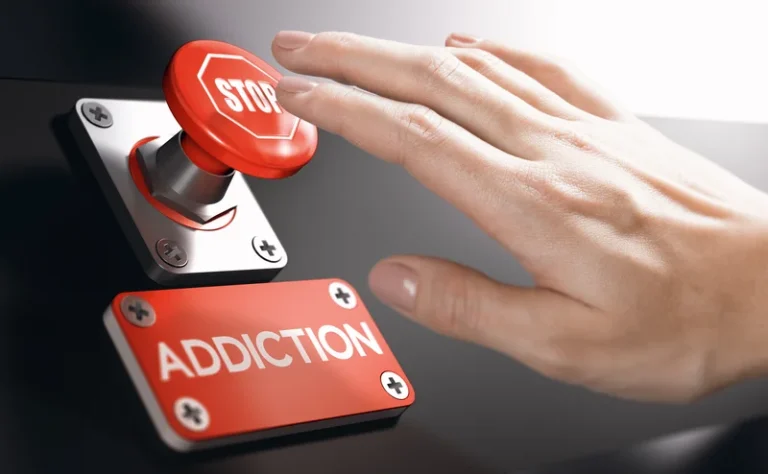FAMILY SUPPORT NAVIGATORS Friends of Recovery New York

By educating families on substance use disorders, they can be more empathetic and understanding of each family member’s experience including their own. However, research on peer-based RSS for SUD is quite limited in both quantity and quality (Bassuk et al., 2016; Eddie et al., 2019), with virtually no studies testing impacts on CSO wellness specifically (but see Carpenter et al., 2020). Controlled research on family-to-family parent coaching models and mutual aid groups for youth SUD would contribute enormously to understanding whether and how such services work.

Professional Family Screening

These forms of treatment provide effective therapies for SUDs, which typically include behavioral therapies designed to modify the behavior and thought patterns that contributed to the addiction. Even if a program does not allow you to bring your children with you, they may offer services that request that your children be involved in the treatment process, including therapy sessions. Involving children in your treatment gives both you and your child(ren) a safe environment in which you can have the chance to talk about the challenges and trauma brought on by the addiction. There are certain residential treatment programs that are designed the meet the needs of women and their children.

What are the Most Common Dual Diagnosis Disorders?
The family’s influence in sustaining recovery and fostering long-term sobriety cannot be overstated. This unit, often the closest and most impactful support network for an individual, holds immense power in shaping the recovery environment. By fostering a positive, encouraging atmosphere, families can significantly enhance the individual’s ability to navigate the complexities of recovery and reduce the risk of relapse. Furthermore, families that educate themselves about addiction and recovery processes are better equipped to provide the specific type of support their loved one needs. Recognizing the power they wield, families can adopt a proactive stance, engage in open communication, set healthy boundaries, and participate in therapy or support groups. This active involvement not only aids the individual’s recovery journey but also contributes to the family’s growth and healing, strengthening the familial bond and creating a resilient support system that endures challenges.
- After receiving her MA from Columbia University, Stephanie worked as a journalist until she was hired by Powers, Crane & Company.
- Lastly, Narc-Anon sees family members of individuals who have become dependent on Narcotics discuss and problem-solve in a group setting.
- Each meal helps build upon the work done in family therapy, and the ritual of eating together can promote a sense of common ground and togetherness.
- We understand that treating both addiction and mental health is important for effective recovery, and family involvement is essential.
- Know that it is never too late to fix broken relationships with the help of licensed therapists and medical health professionals.
- When the family comes together to offer support and focus on positive outcomes as a unit, it may help prevent many of the pitfalls during recovery.
- Crystal Costello is a person and long-term recovery, surrounded by love, and full of gratitude for the life that she now has.
Alternative recovery programs
Most notably, understanding the risks and benefits of leaving rehab early is essential. Adjacent to the above, family issues can significantly contribute to the perpetuation of active addiction. In this lies another reason why https://ecosoberhouse.com/ can serve such a crucial purpose.
Housing, Recovery and Peer Support

Although addiction is widely recognized as an illness, it can cause deep-seated feelings of shame. Identify other factors in your life—relationships, work—that can help take the focus off addictive behaviors. You might discover that some people in your life may not be able to support you in the ways you need.
- Some of the most helpful strategies for dealing with cravings are summarized in the acronym DEADS.
- By finding the right resources, support, and treatment, you can help your loved one overcome addiction, creating a healthier environment.
- Another is reorienting the brain circuitry of desire—finding or rediscovering a passion or pursuit that gives meaning to life and furnishes personal goals that are capable of supplanting the desire for drugs.
- Collaborating with addiction professionals and considering their expertise, along with open and honest communication within the family, can help in making an informed decision.
- Many of the groups mentioned above, especially Codependents Anonymous, can help you learn the difference between helping and enabling and provide tips on creating healthy boundaries.
- By debunking these and other myths, families can help reduce the stigma surrounding substance abuse, fostering a more supportive community for those in recovery.
IF YOUR LOVED ONE IS AFFECTED BY THE DISEASE OF ADDICTION, WE’RE HERE TO SUPPORT YOU.
Once you have an understanding of the problem with alcohol use, it’s time to consider how best to broach the topic of their drinking. Talking about an active substance use disorder can be tricky, and it’s essential that you take steps to ensure that your conversation is as productive and effective as possible. Alcoholism is a serious mental health challenge that can have devastating effects on your friends and family members if left untreated. Like many other mental health challenges, alcoholism occurs on a spectrum, with some people experiencing just a few detrimental effects, while others experience crippling physical and mental health consequences. As a loved one, it can be difficult to see someone you care about struggling with addiction. You may feel desperate for them to get the help they need and may even consider allowing them to leave rehab early.
How Are Family Members Impacted by a Loved One’s Addiction?
To our knowledge there are no evidence-based strategies to guide family members toward referring their youth to SU screening and other treatment services. Together, you can overcome alcohol use behaviors and embrace family support in addiction recovery a new family dynamic where individuals feel valued and heard, and unhelpful behavior patterns are a thing of the past. This final stage is considered relatively stable in comparison to the earlier three stages.
- Problems with relationships, financial management, and legal issues have become solutions based in a true transformation of life.
- Because of the COVID-19 pandemic, many traditional groups like AA have started to hold regular virtual meetings.
- Many communities facilitate events that celebrate recovery milestones, fostering a sense of achievement and belonging.
- Encouraging your loved one to share their thoughts, feelings, and experiences without fear of judgment or repercussions can significantly impact their recovery journey.



















Comments are Disabled